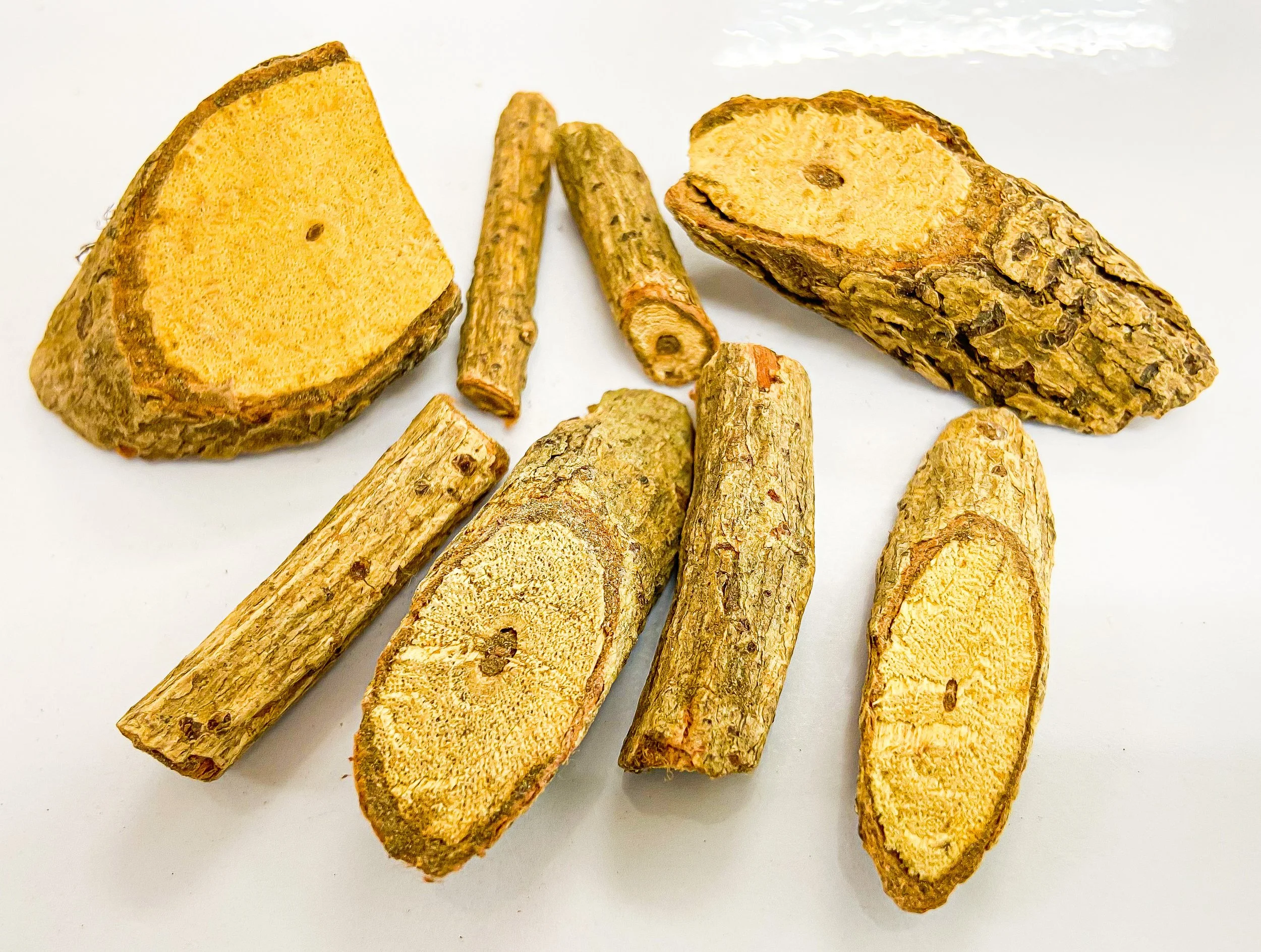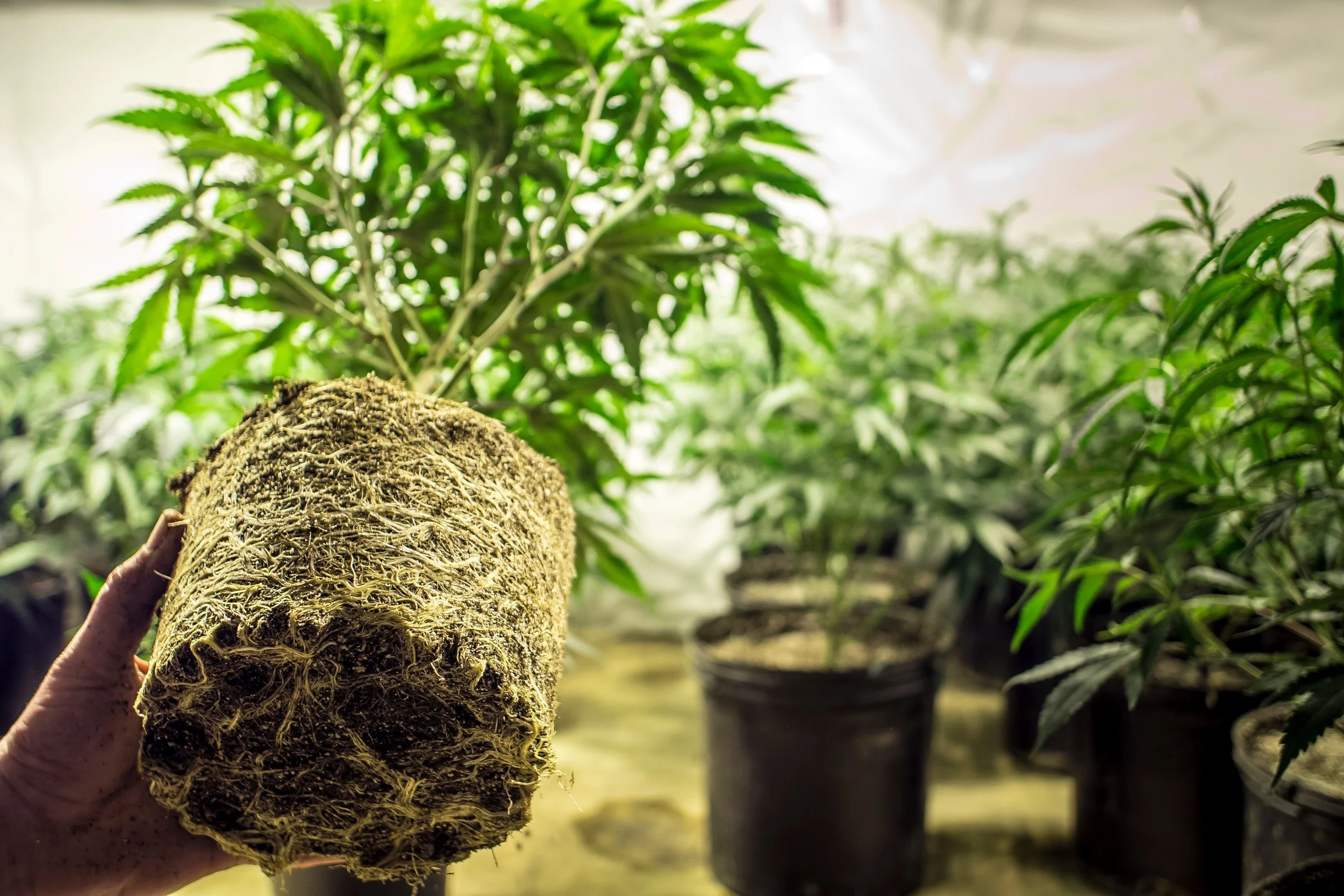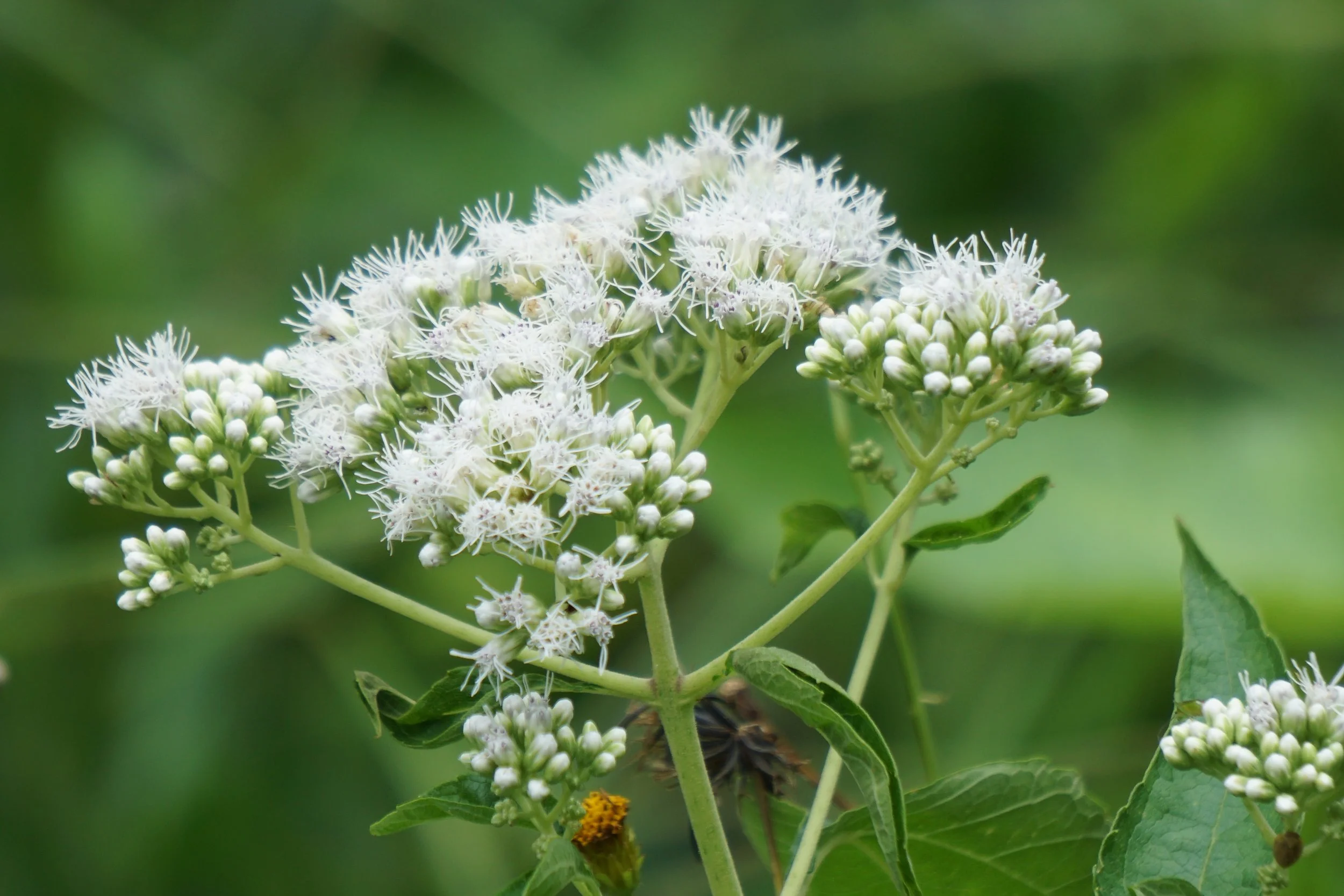Cryptolepis (Cryptolepis sanguinolenta)
Both cannabis root and cryptolepsis have powerful antimicrobial and anti-inflammatory actions.
The root of cryptolepsis is harvested from a thin stemmed climbing shrub located primarily in West Africa,but also found in Madagscar and parts of Asia and New Guinea.
Recently, I experienced some redness, pain and swelling around an ingrown toenail. I decided to apply a paste of goldenseal powder mixed with tinctures of cryptolepsis and cannabis root. Within a day or two, the swelling had subsided and the redness and pain were gone.
Both cannabis root and cryptolepsis have powerful antimicrobial and anti-inflammatory actions.
The root of cryptolepsis is harvested from a thin stemmed climbing shrub located primarily in West Africa,but also found in Madagscar and parts of Asia and New Guinea.
It has been traditionally used to combat malaria in West African herbalism. Steven Harrod Buhner, who brought some attention to cryptolepsis in his wonderful book: "Herbal Antibiotics", was introduced to this plant by Nana Nkatiah, a healer from Ghana.
It is considered a systemic anti-microbial and is successful against staph infections that have resisted multiple antibiotic regimens. For severe systemic staph, Buhner recommends 1/2 to 1 teaspoon of the tincture 3 x daily, although more can be taken in very severe cases.
Cryptolepsis is also very effective against other systemic infections: MRSA, streptococcus, babesia, urinary tract infections, tuberculosis and wound sepsis.
It combats E. coli, salmonella, klebsiella, and shigella, all gram negative bacteria.
Research indicates no known contraindications or herb/drug interactions. (Caution is always recommended for pregnancy).
Cryptolepsis is taken as a regular tonic for long periods of time in some parts of Africa and India, although mainly as a tea.
Recent research also indicates broad spectrum anti-cancer activity.
In traditional medicine, cryptolesis has been used to address insomnia.
Finally, the root has been used as a brilliant yellow dye, particularly for leather.
Cannabis Root (Cannabis sativa)
Cannabis root has been widely applied for pain relief, particularly for gout, arthritis and sciatica. It is also known to reduce fevers, stop bleeding, quell inflammation, and soothe skin problems.
Throughout ancient China, Greece and Rome, cannabis root was valued for its medicinal actions.
It was also used by physicians and healers in Persia, Europe, and the First Nations people.
It has been widely applied for pain relief, particularly for gout, arthritis and sciatica. It is also known to reduce fevers, stop bleeding, quell inflammation, and soothe skin problems.
It is used topically as a poultice, compress or salve and internally as a juice or decoction -the root is boiled and simmered.
It has trace amounts of CBO along with many other anti-inflammatory compounds. Here is some history: In 2700 BCE, the ancient Chinese text "The Classic of Herbal Medicine" recommended drying and grinding cannabis root to form a paste to help with pain and broken bones.
A juice or decoction of cannabis root has been used traditionally in Chinese Medicine for difficult childbirth and postpartum bleeding.
The Persian physician Avicenna in the twelfth century suggested a compress of the boiled roots to lower fever.
Daily topical applications of cannabis root have been used for burns and rashes in diverse cultures throughout history.
For hundreds of years, European physicians recommended topical treatments of cannabis root for stiff joints, tight muscles, gout, sciatic pain and hard tumors. In Eastern Europe, the root was used traditionally for toothaches, ulcers and abscesses.
Up to the twentieth century, American doctors relied on cannabis root decoctions to decrease inflammation.
Boneset (Eupatorium perfoliatum)
Boneset is indigenous to North America and grows locally, often near water or in moist meadows. The flowers are off-white, and the leaves perforate the stem of the plant, giving it a distinctive appearance. The aerial parts (flowers and leaves) are harvested in the late summer either just before or after blooming.
Boneset is indigenous to North America and grows locally, often near water or in moist meadows. The flowers are off-white, and the leaves perforate the stem of the plant, giving it a distinctive appearance.The aerial parts (flowers and leaves) are harvested in the late summer either just before or after blooming.
Boneset is very bitter, cooling, anti-viral, diaphoretic, anti-inflammatory, a mucus membrane tonic and a smooth muscle relaxant.
It has been indispensable to native peoples for millennia and, during the nineteenth century. Boneset was used by native peoples for broken bones and is an ally when there is slow healing of connective tissue.
Eclectic medical doctors used boneset for combating viruses, malaria and colds with chills and aches and pains.
It was used with success during the viral pandemic of World War 1.
It was reported that boneset helped people avoid viral infections and that it prevented severe pulmonary complications.
A small amount of scientific research confirms its effectiveness in addressing the flu and the common cold.
Boneset is anti-inflammatory and may be helpful in preventing a cytokine cascade, which can happen in the later stages of a severe flu.
It thins the mucus and supports recovery in those who have been exhausted by the flu.
Because it is cooling and drying, boneset should be combined with warming antivirals such as lomatium or angelica, particularly to address viruses which are cold and damp, such as the coronavirus.
It is a powerful diaphoretic. Either alone or combined with elder, yarrow and peppermint, boneset tea helps to bring down stubborn fevers.
As a flower essence, boneset helps to align our emotional and spiritual energies, just as the physical herb helps to align bones.
Blessings,
Madelon Hope
Blue Flag (Iris versicolor)
Boneset was traditionally valued by Native Americans to help heal wounds and sores, it was commonly used in the 19th century as an endocrine and liver remedy.
Blue flag is a lovely iris growing in freshwater ponds in this area and most of eastern and northern North America.
The rhizome is harvested in the fall.
Traditionally valued by Native Americans to help heal wounds and sores, it was commonly used in the 19th century as an endocrine and liver remedy.
Currently, blue flag is used in small doses in formulas with professional supervision. As a bitter, it stimulates digestive enzymes, improving digestion and assimilation and relieving nausea.
It increases bile production and has a mild laxative effect.
It also enhances lymphatic circulation and is known as a blood purifier.
It has traditionally been used to clear congestion in the chest, throat and nose and for swollen glands and sore throats.
As a detoxifying herb, it is particularly helpful for chronic skin issues such as acne and eczema.
Blue flag is specific for thyroid issues and supports pancreatic function.
For deficient thyroid, it can used with burdock, chickweed, guggul and bladderwack. For Hashimoto's disease, it can be combined with ashwagandha, cinnamon, bacopa, nettles and schizandra.
As a flower essence, blue flag helps to release blocks to creativity and allows us trust our innate abilities.
Blessings,
Madelon Hope
American Ginseng
American Ginseng is one of our few local adaptogens - plants that enhance our ability to deal with stress by strengthening our adrenals and balancing our endocrine system.
In a shady corner of my backyard, I have a mature American ginseng plant with several younger ones.
American ginseng was once abundant in the deep forests of eastern North America. It is a little known fact that Daniel Boone, the famous frontiersman, made his fortune in the ginseng trade with China.
Because of over-harvesting and changes in forest ecology, it is extremely rare to see wild American ginseng, although it is now cultivated with some difficulty. American ginseng is more cooling than Asian ginseng and is more suitable for younger people.
It is moistening, bitter and sweet.
American ginseng is one of our few local adaptogens - plants that enhance our ability to deal with stress by strengthening our adrenals and balancing our endocrine system.
It helps people recover from nervous exhaustion, particularly those who are stressed by over-work.
Phyllis Light, an amazing herbalist from Alabama, recommends chewing small amounts of the root to support energy and endurance.
American ginseng regulates the secretion of insulin and helps to balance blood sugar.
Because it is moistening, it is helpful for dry conditions in the lungs.
As a bitter, it stimulates digestive enzymes throughout the digestive system.
The brilliant William LeSassier used to combine American ginseng with dandelion to improve liver function.
American ginseng is also an herbal tonic, enhancing immune function and inhibiting the growth of cancer cells.
I occasionally add American ginseng to teas and soups with other tonic herbs such as astragalus, reishi, codonopsis, he shou wu, chaga and goji berries.
As a flower essence, American ginseng helps us release our fears of expressing our true self and accepting our personal power.
Blessings,
Madelon Hope





